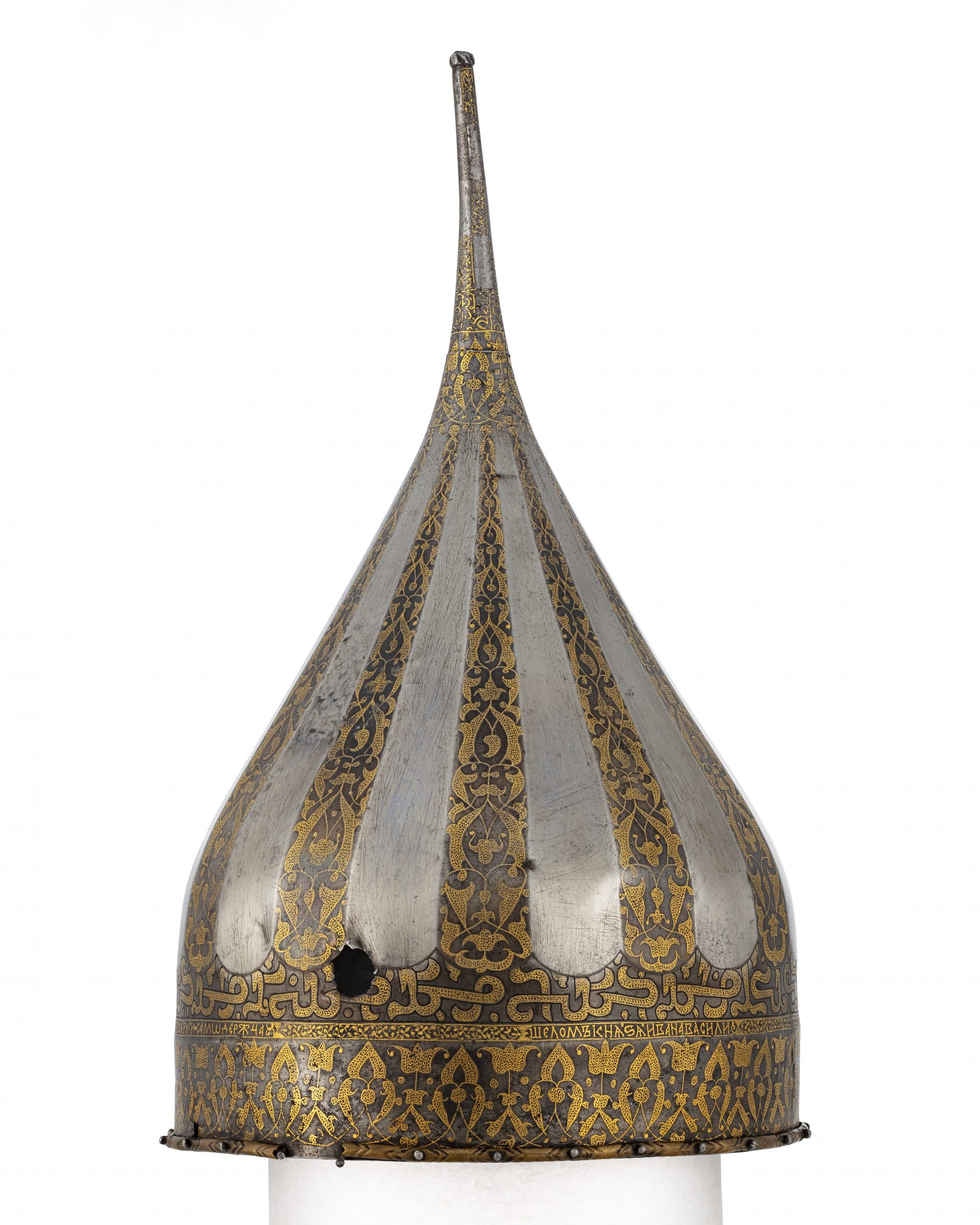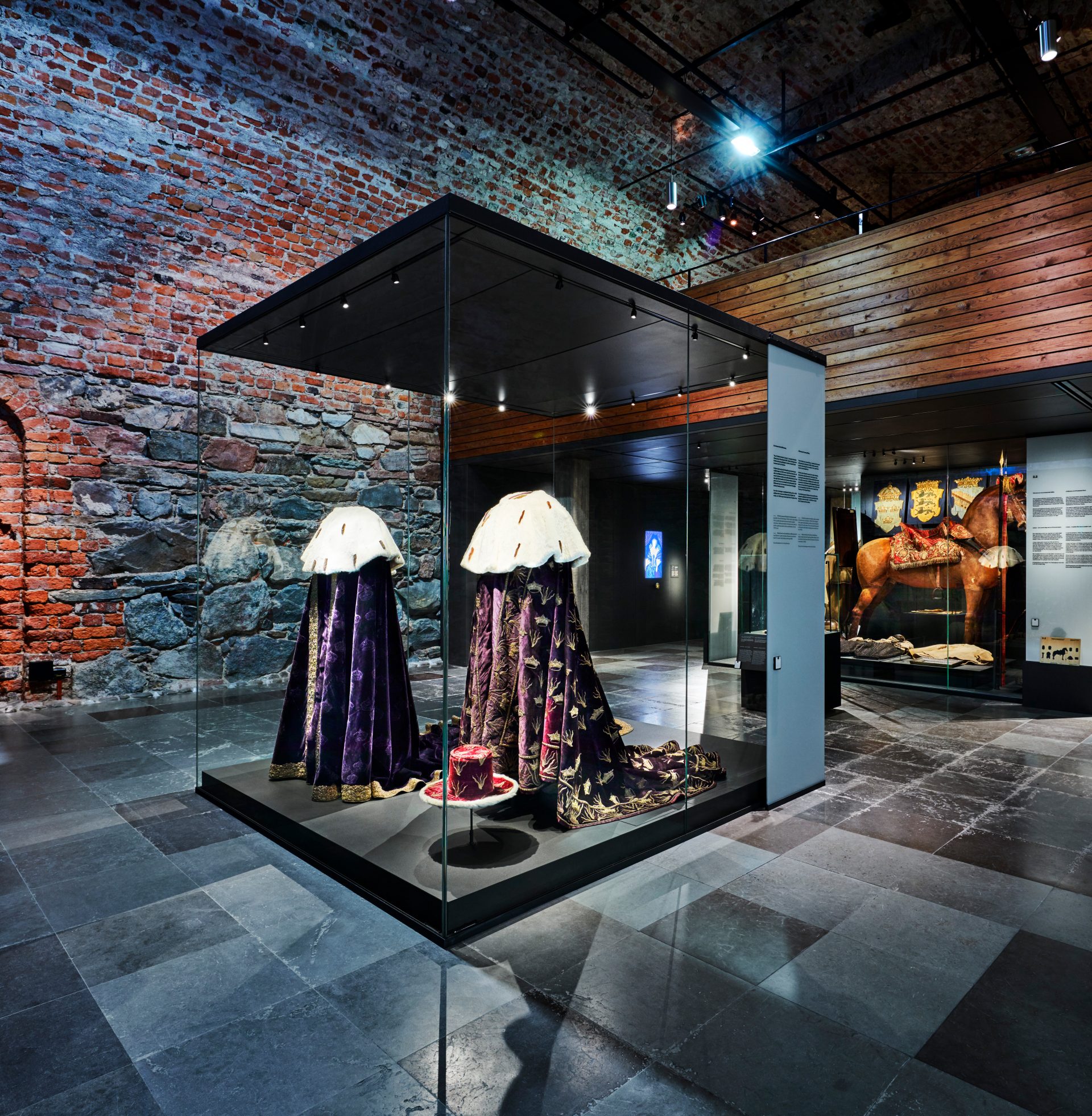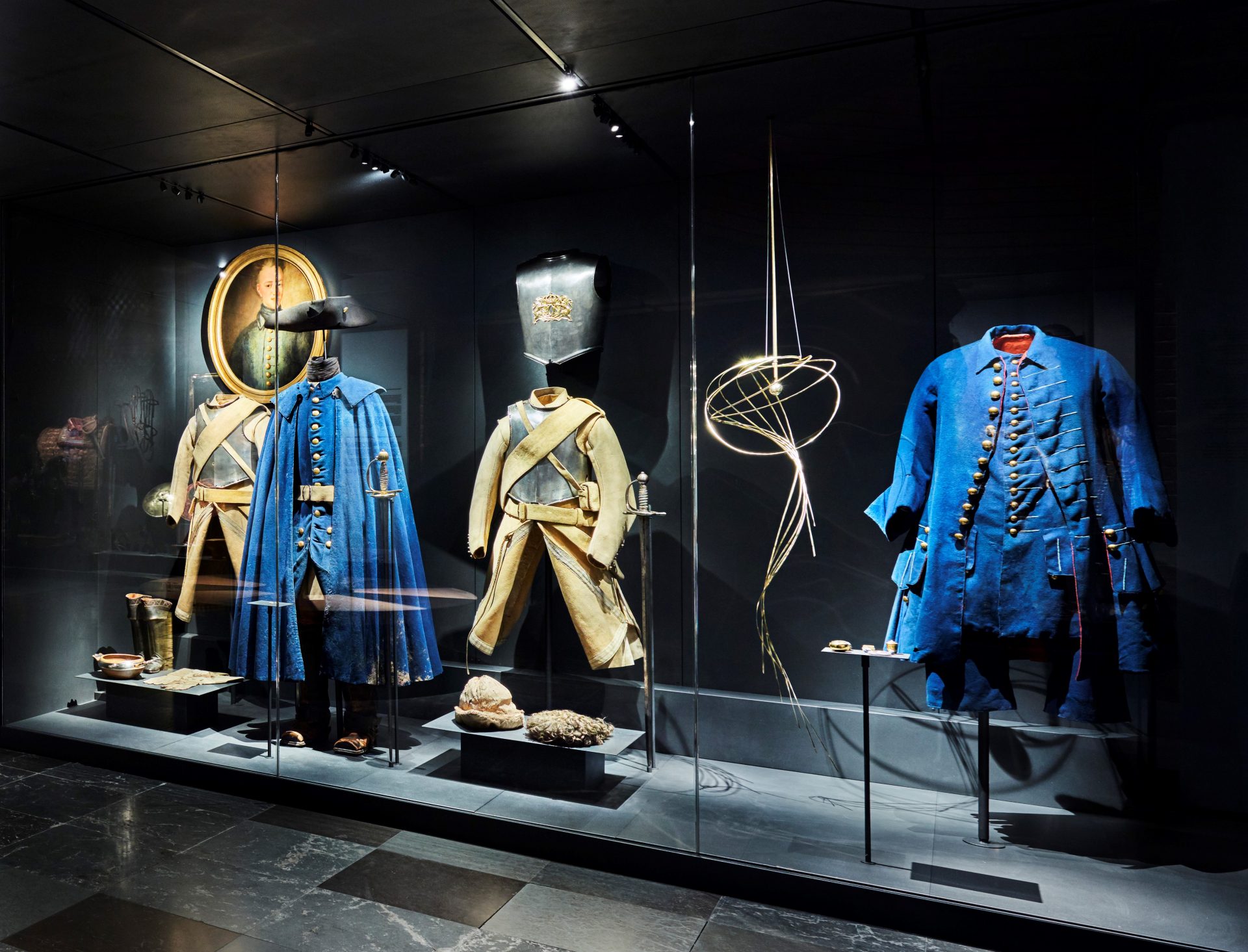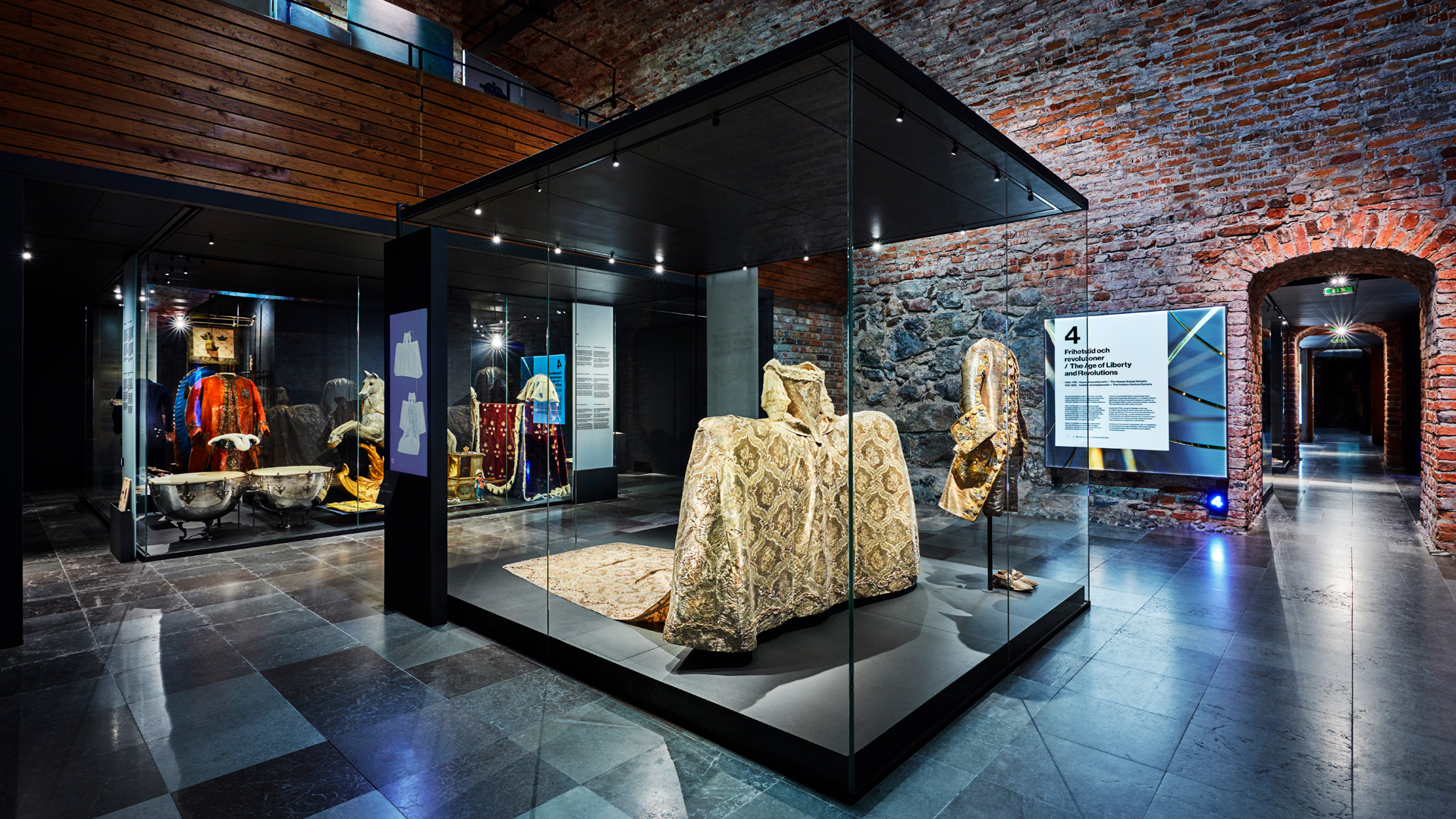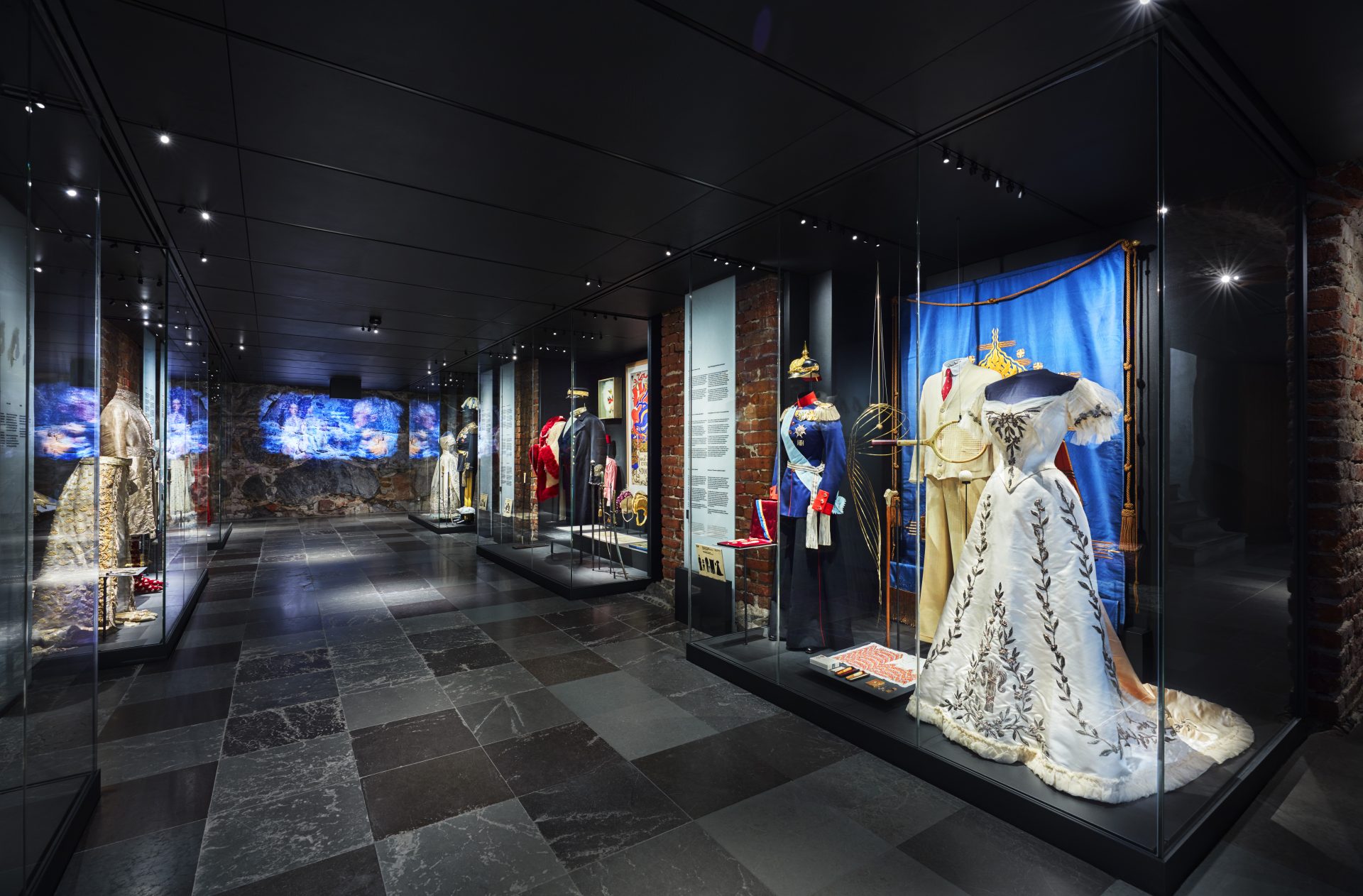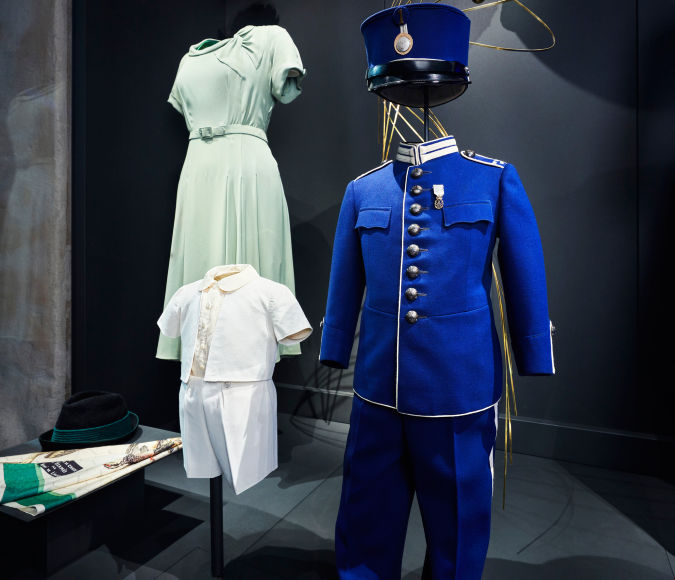
Independence and power struggle
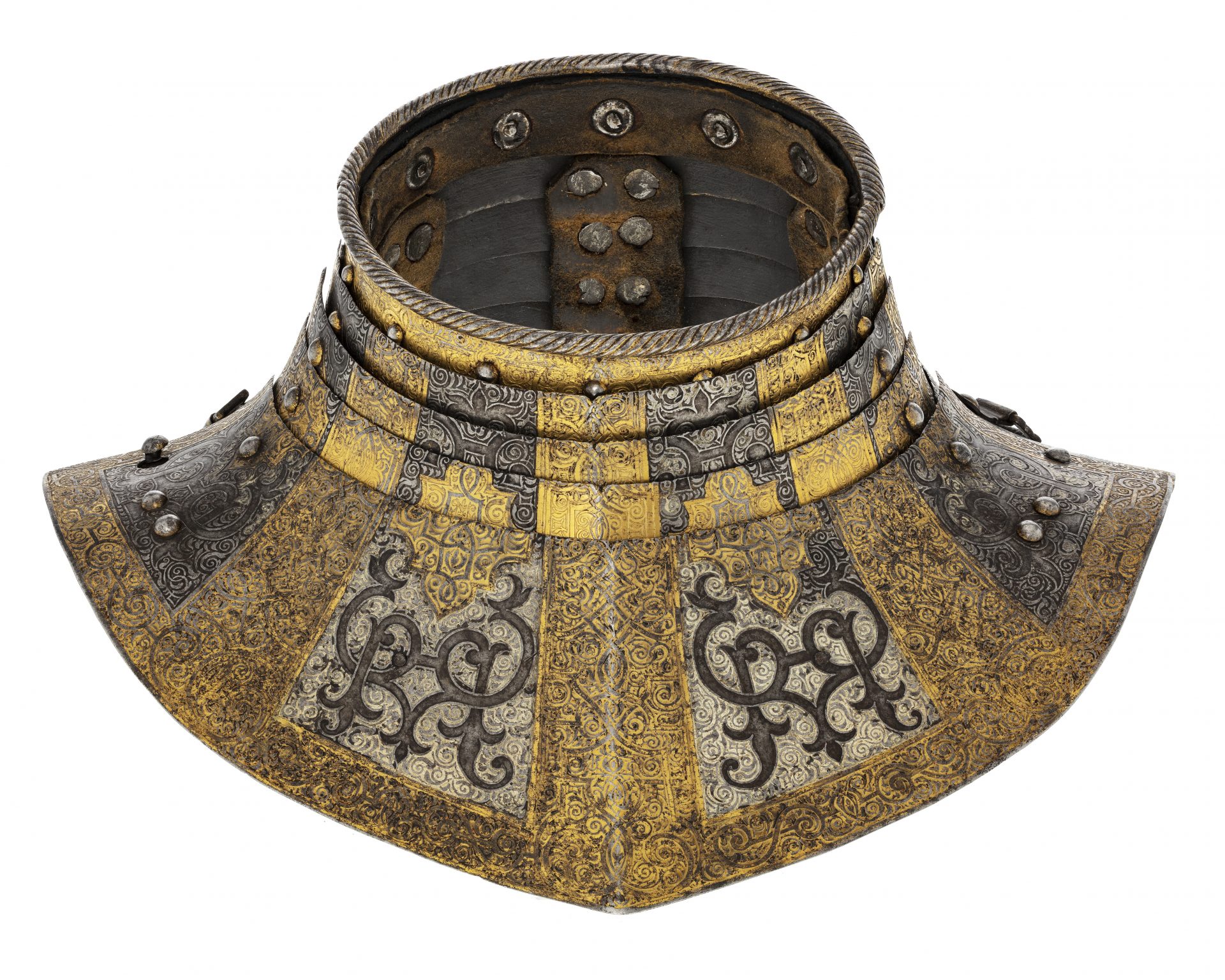
Gustav Eriksson seizes power
In 1520, Gustav Eriksson Vasa seized power in Sweden. He first proclaimed himself regent and was then elected King in 1523. Sweden became an independent kingdom. Since the end of the 14th century, the country had been part of a union with Norway and Denmark, the Kalmar Union. Gustav Vasa’s goal was to create a strong royal empire. Through the Reformation, he took control of the church and its riches. He transformed Sweden from an elective monarchy into a hereditary monarchy, i.e. the crown would be passed on from father to son.
Gustav Vasa entered into politically advantageous marriages. His first wife, Catherine of Saxony-Lauenburg, contributed both royal splendour and wealth to the House of Vasa. The couple had a son, Erik (XIV). His second wife was Margaret Leijonhufvud, who strengthened the ties with Swedish nobility. They had three sons and five daughters who reached adulthood. The third wife was the young Katarina Stenbock, to whom he was closely related, which upset the church.
After Gustav Vasa’s death, his sons fought for power. The women around the kings – wives, sisters and daughters – also took part in the political games during the turbulent 16th century.
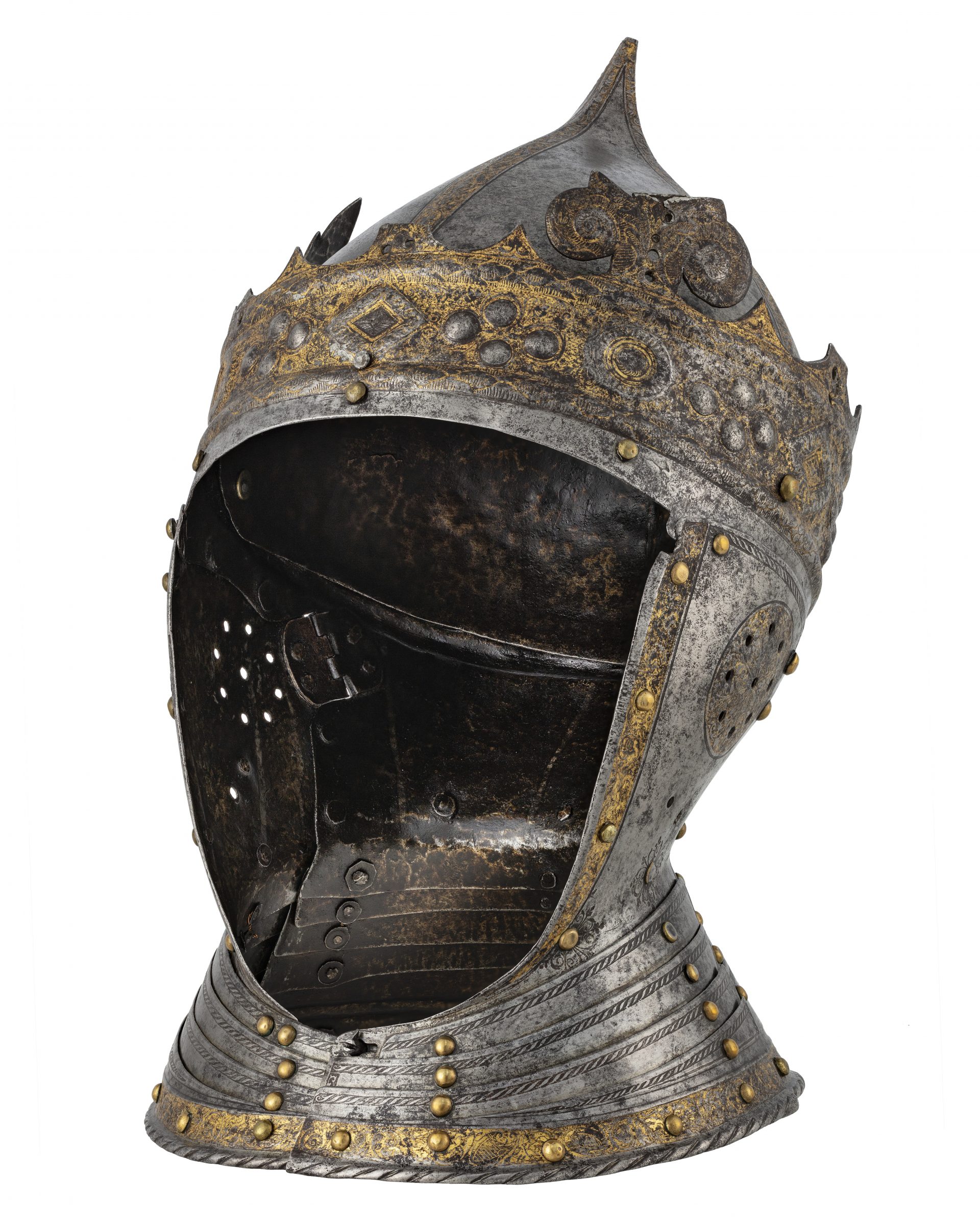
King by the grace of God
Gustav Vasa’s eldest son Erik XIV was the first to become “King by the grace of God” in the new hereditary monarchy. He was crowned in the summer of 1561 in a solemn ceremony at Uppsala Cathedral. The coronation was a religious ceremony and therefore very important. It symbolised the fact that the King received his power directly from God. The King had the crown placed on his head and was anointed with holy ointment. Queens were also crowned together with the King, or in connection with their marriage.
Erik XIV had a number of exclusive items manufactured for his coronation. The crown, orb, sceptre and key together with Gustav Vasa’s sword make up Sweden’s national regalia to this day. His coronation was the template for Swedish coronations from the 16th to the 19th century. Queens were also crowned together with the King, or in connection with their marriage.
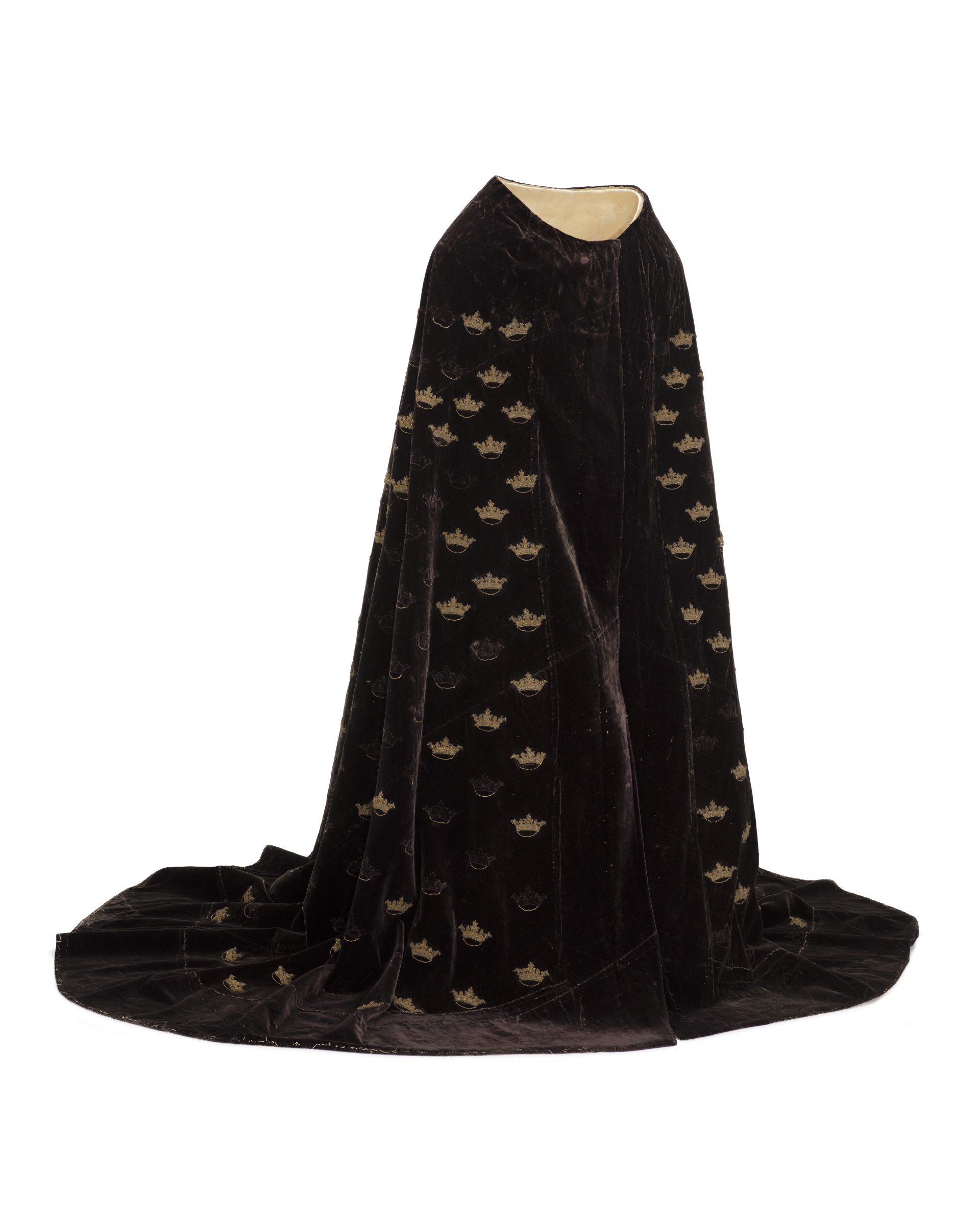
Power struggle between the sons
There was no shortage of drama and intrigue in the Vasa family. In May 1567, the fateful Sture murders took place, when Erik had three members of the House of Sture executed without trial. The powerful Sture family had previously been regents. The following year, Erik XIV married Karin Månsdotter, who was the daughter of a simple knave.
His brother Johan was married to the Polish Princess Catherine Jagiello. The marriage had resulted in enmity with both Russia’s Tsar Ivan IV and his brother Erik XIV. Johan and Ivan had both been interested in marrying Catherine. Johan and Catherine were imprisoned at Gripsholm Castle for several years while Erik XIV negotiated with the Tsar about their marriage.
In the longer term, the marriage proved to be of great importance to Swedish-Polish relations. Princes Johan and Karl deposed their brother Erik XIV in 1568. Prince Johan was crowned King and reigned until 1592. His son Sigismund became King of Sweden and Poland. Prince Karl, the third of Gustav Vasa’s sons, deposed Sigismund in 1599 and ruled Sweden as regent until 1607. He was then crowned King and became Karl IX.
Even after Sigismund was deposed in Sweden, the Polish branch of the Vasa family laid claim to the Swedish throne, which was the cause of a number of wars in the 17th century.
